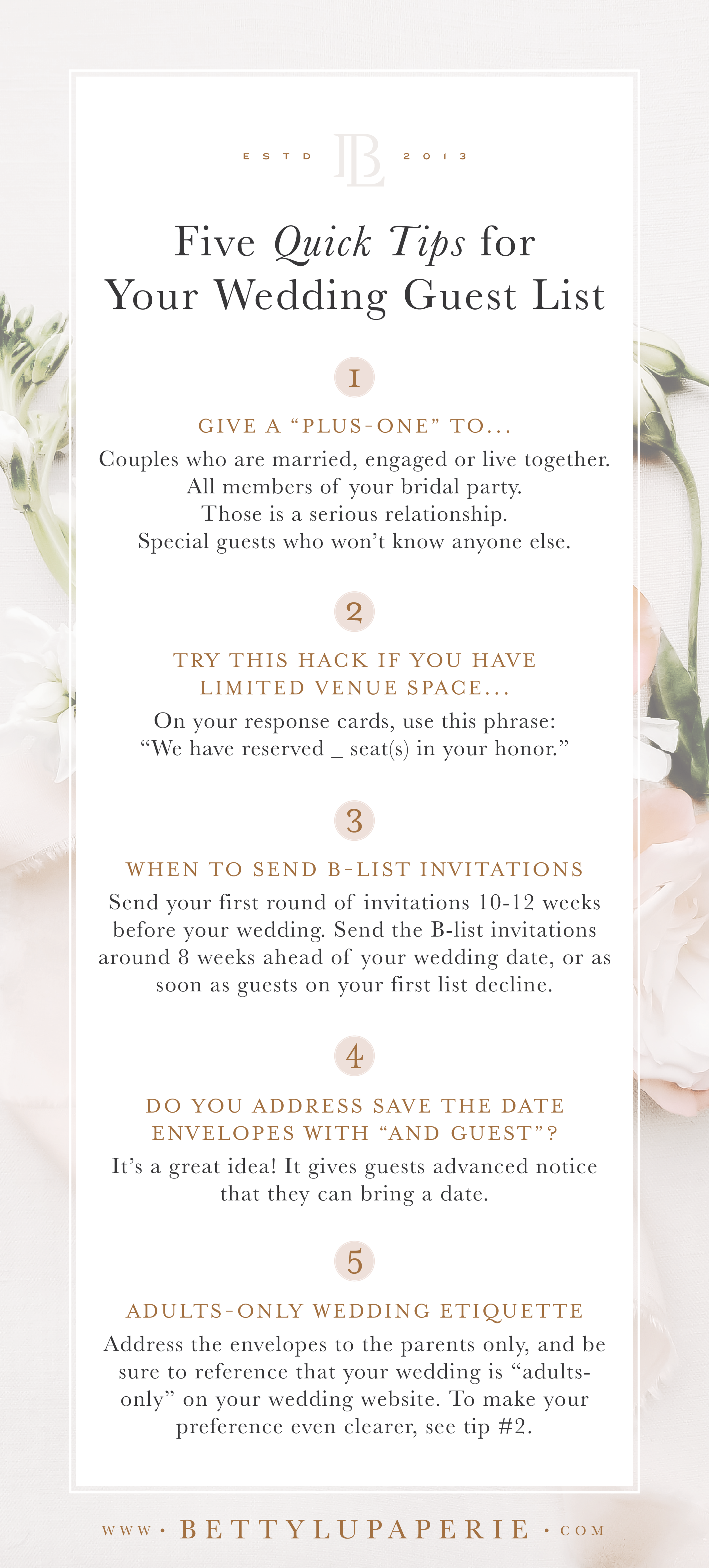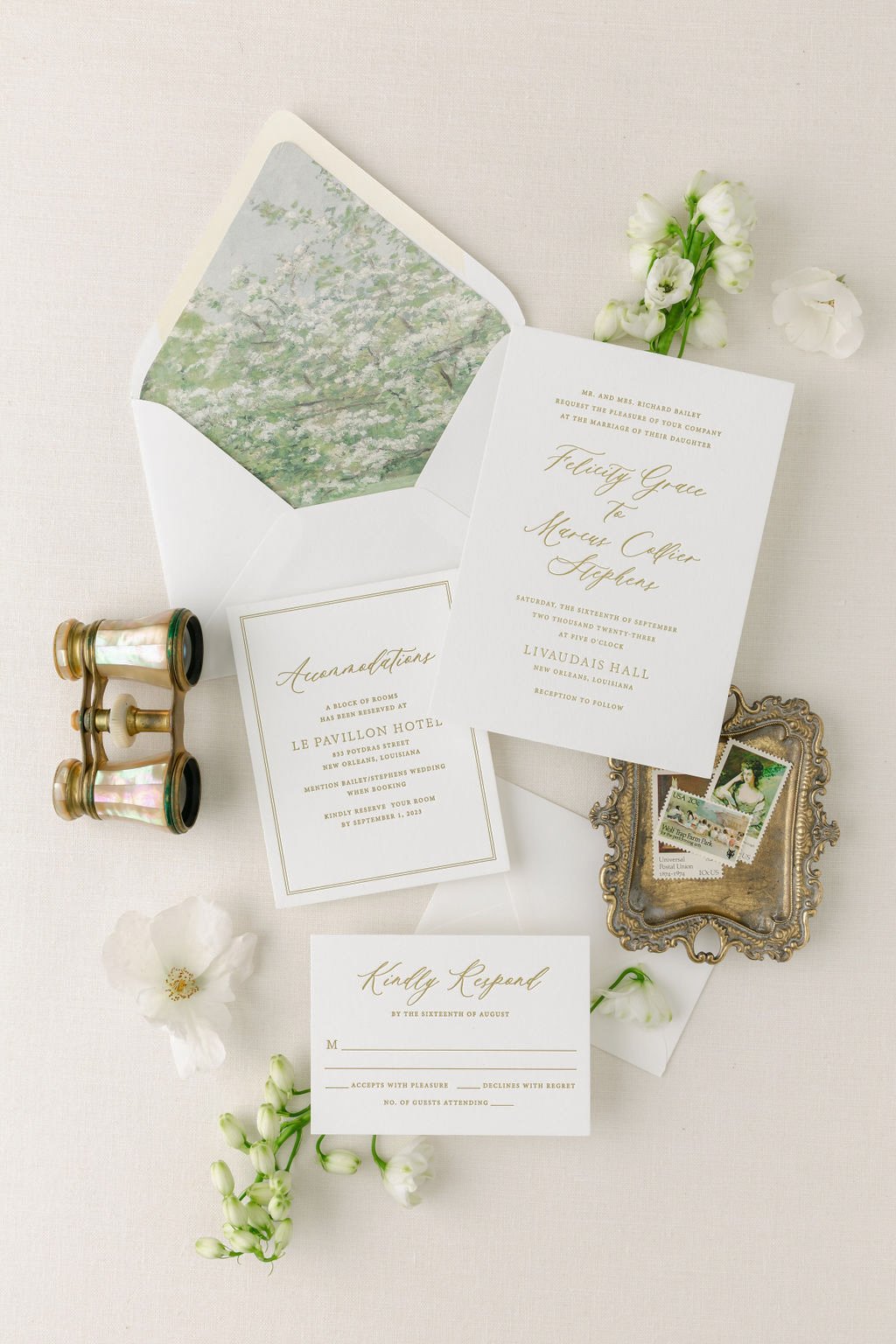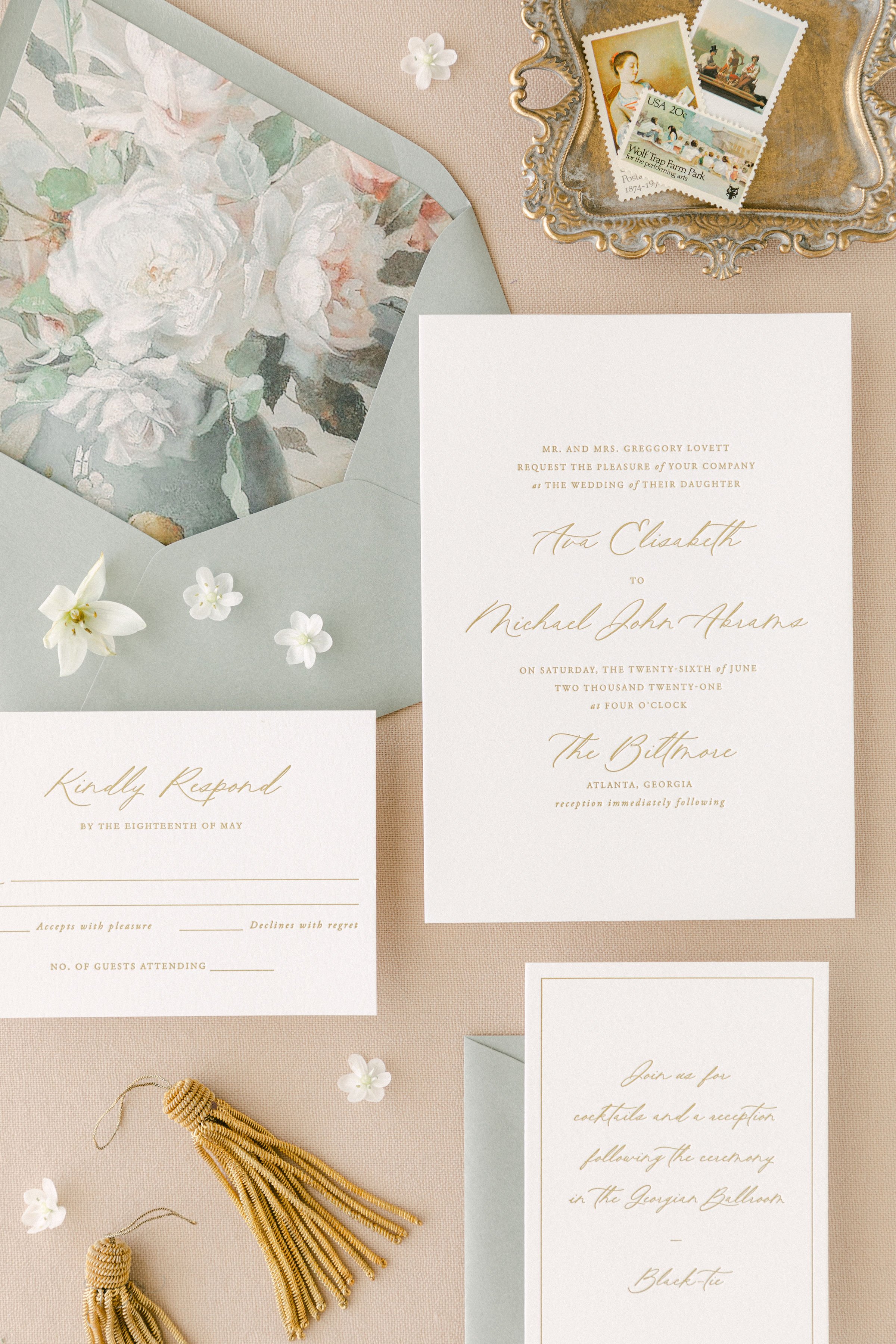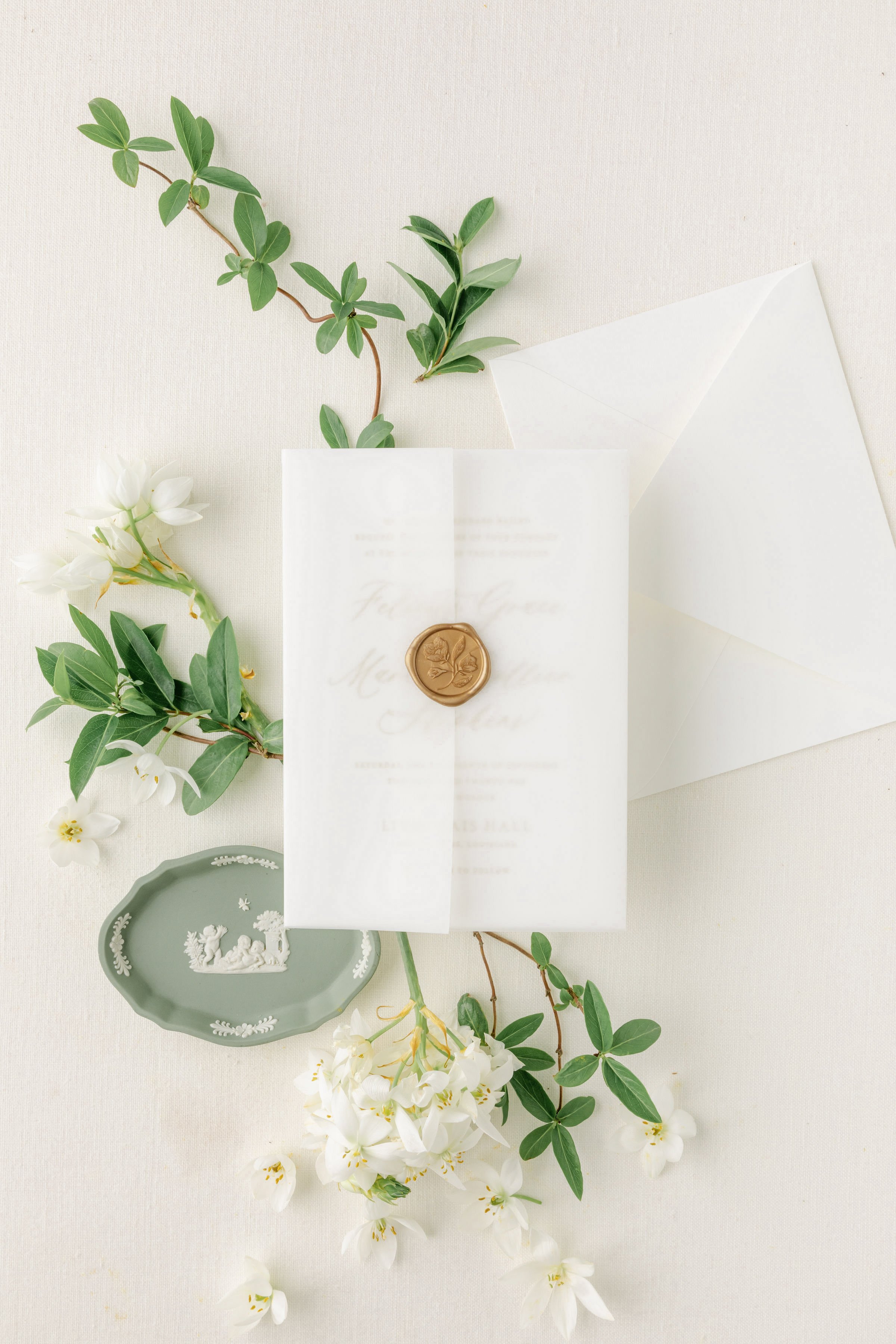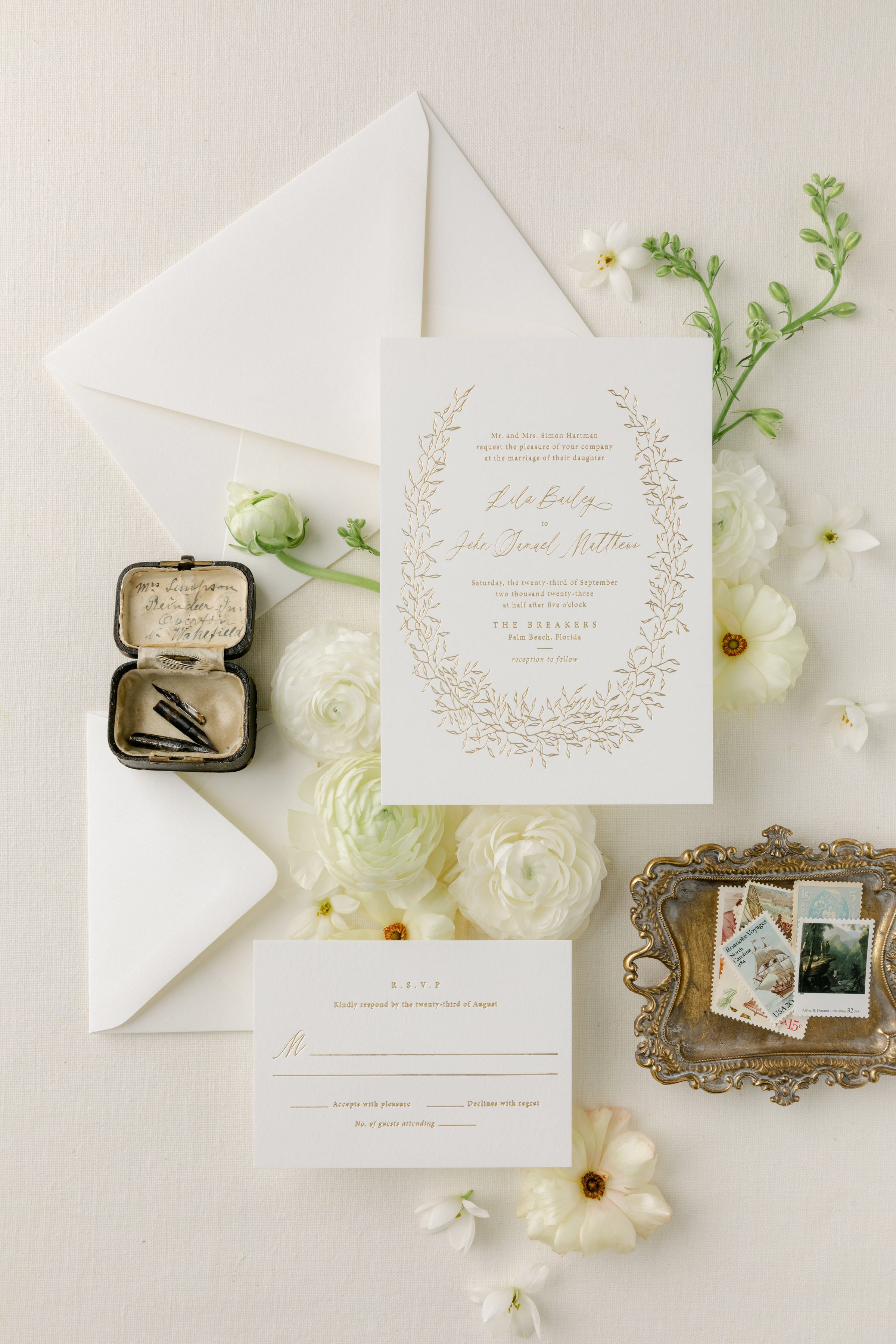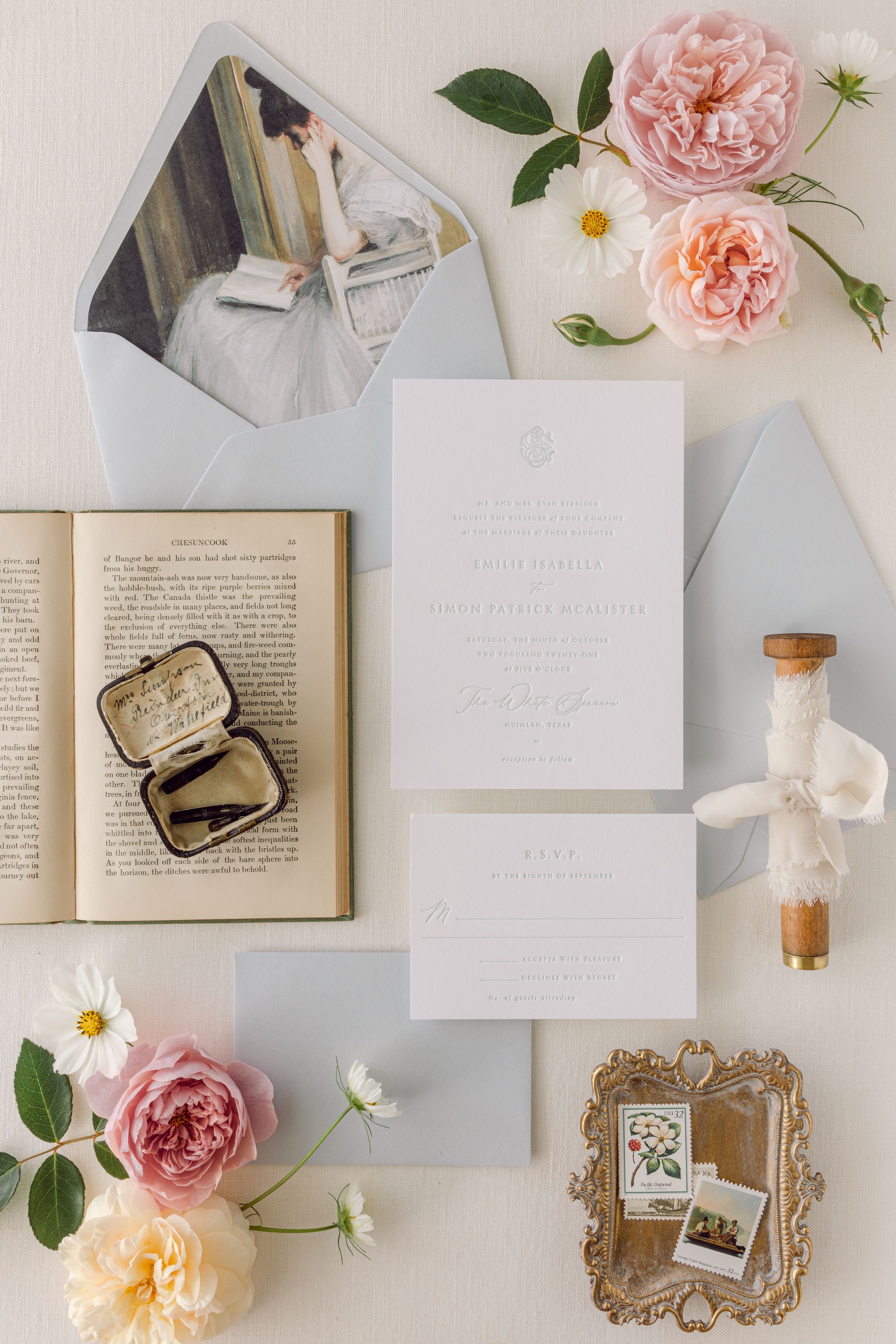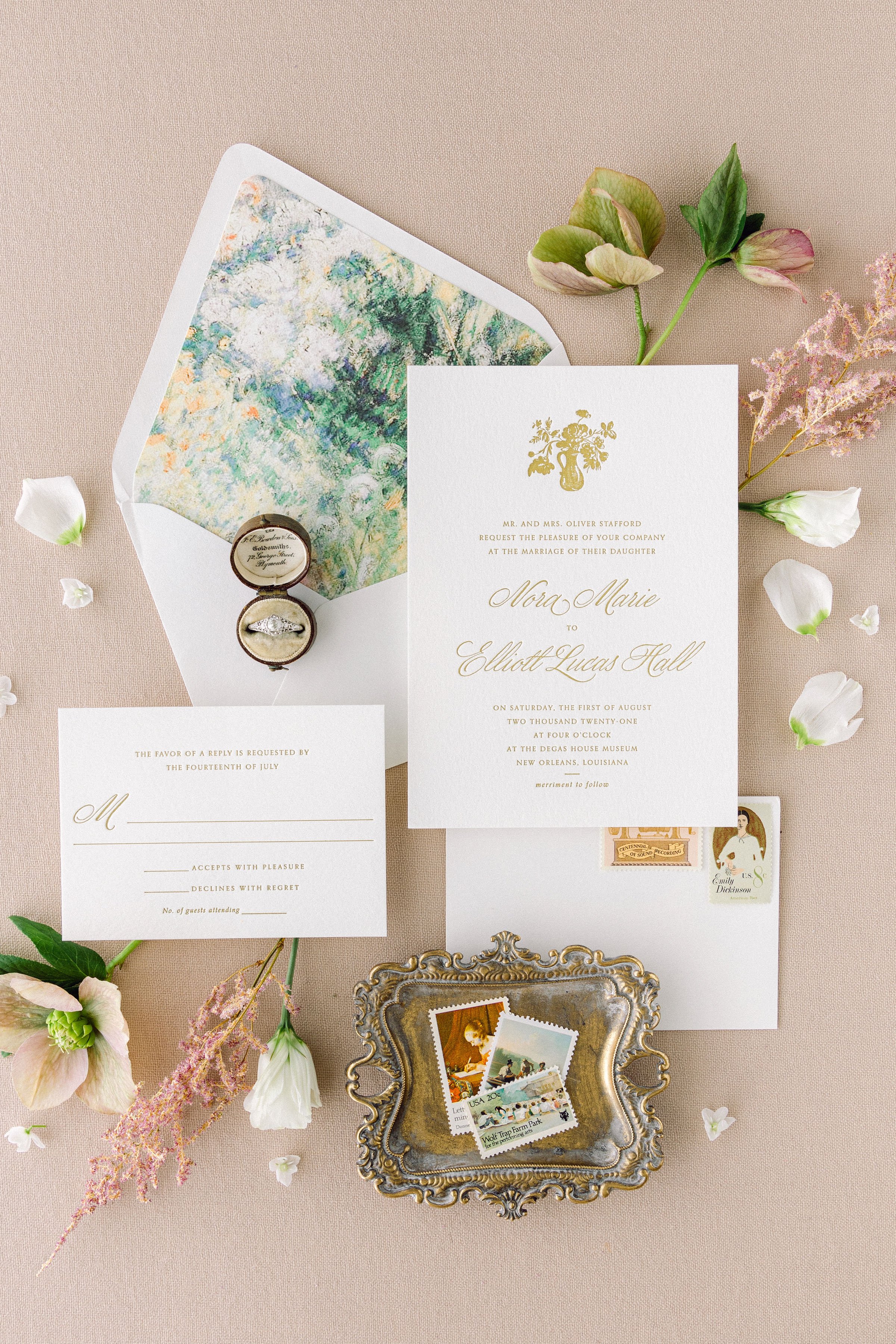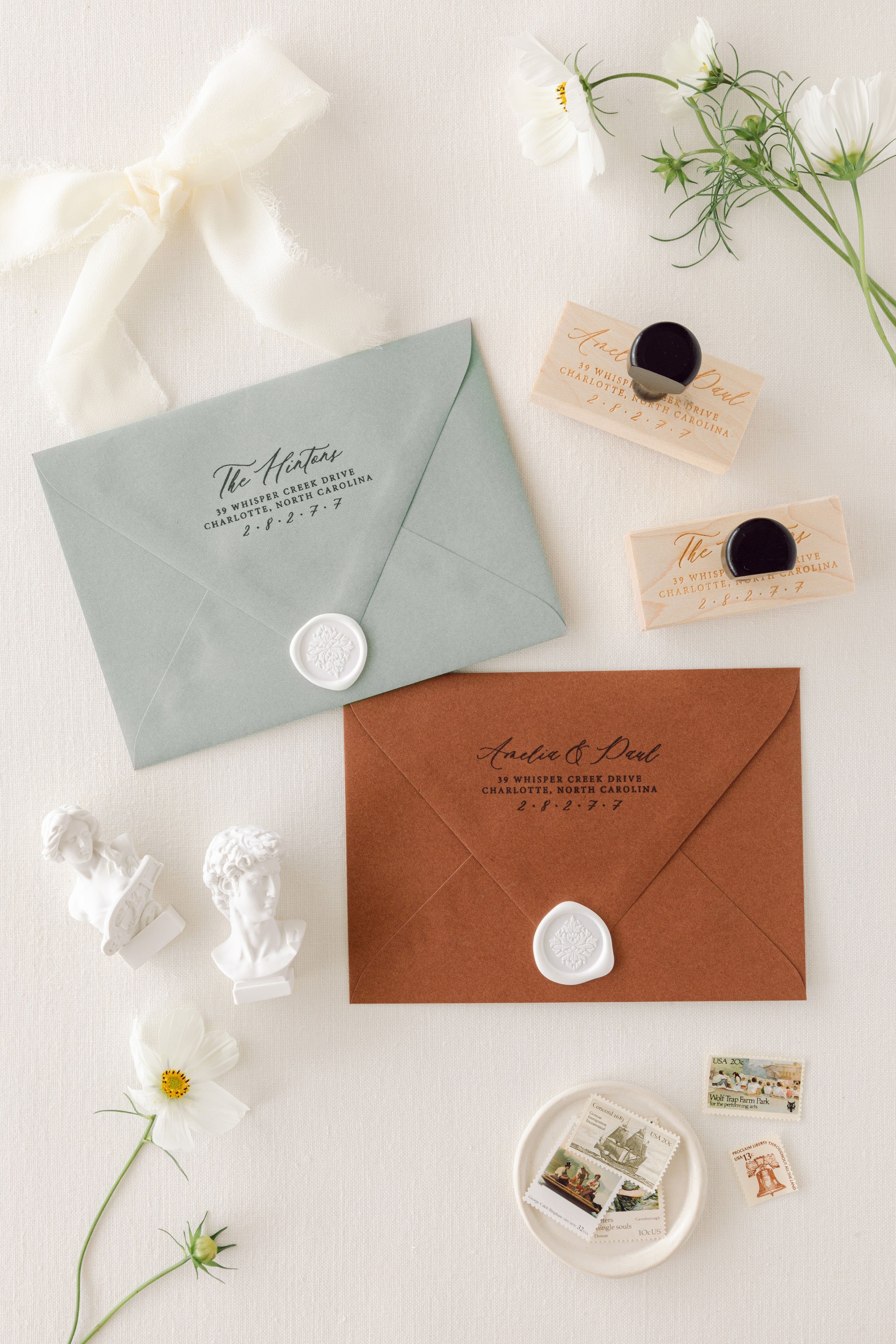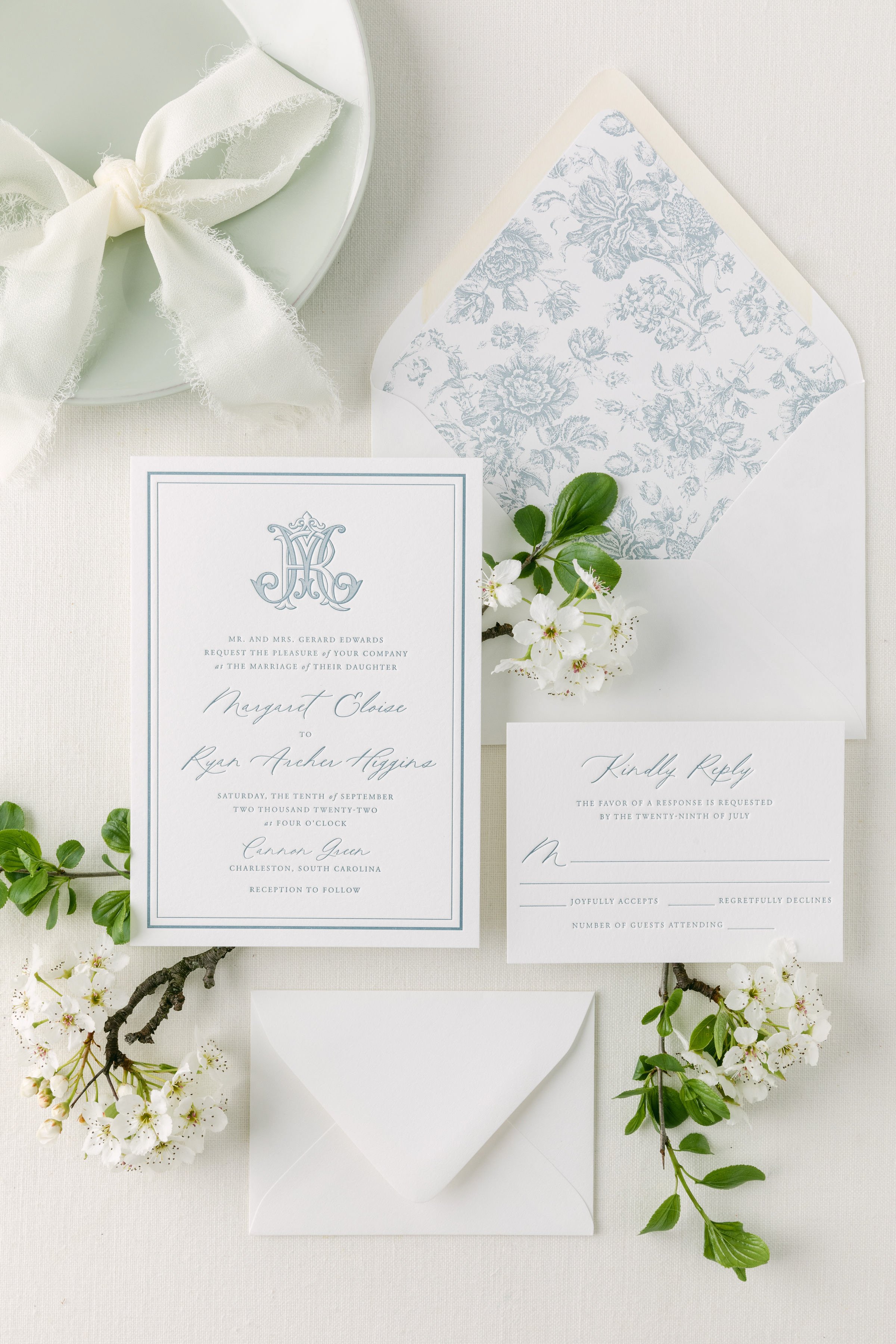Wedding Guest List Etiquette
Guest list got you down? This one’s for you, friend… So buckle up, because today we’re going to tackle what is arguably one of the most difficult tasks of planning–wedding guest list etiquette.
We’re going to turn that guest list into your best list.
After today’s post, you’ll be able to answer those hard-hitting wedding guest list etiquette questions like, who gets a plus-one? Should you have a B-list? How do we tell everyone it’s an “adults-only” wedding?
How should our guest list be divided up?
Traditionally, your guest list should be divided into three equal parts–one third for the bride’s parents, one third for the groom’s parents, and one third for friends of the couple. (And that rule applies no matter who is paying for the wedding.)
Keep in mind, the rule of thirds doesn’t always work, especially if you have a limited budget or venue space. Do what’s comfortable for you and your fiancé, and be fair.
Who gets a plus-one?
The following guests should be extended a plus one:
Anyone who is married
Anyone who is engaged
Anyone who lives with their partner
Anyone in a serious relationship–decide a length of time you consider “serious” and stick to it for all guests.
Anyone in your bridal party
Special guests who won’t know anyone, determined on an as needed basis.
Do I need a B-list?
A B-list is a backup guest list. These are people you’d love to celebrate with, but may not be able to accommodate due to limited budget or venue space. If enough guests on your original list decline the RSVP, you can send another round of invitations to your B-list.
B-lists are super tricky–you’ve been warned! It’s like when a friend asks you to go to a party with them, and later you find out they asked, like, seven other people before they ever asked you. Knowing you’re not their first choice can hurt.
But, B-lists are worth considering, especially if you want to invite close friends who were cut from the original list. There are a few ways to tactfully handle a B-list.
The first rule of having a B-list is don’t talk about your B-list. It’s important to keep it on the DL to prevent any hurt feelings.
Second, send your first round of invitations at least 10-12 weeks ahead of the big day. Once you get a few declines in, send the B-list invitations around 8 weeks ahead of your wedding date.
You may choose to have two reply-by dates on your response card to give B-listers more time. However, I’d advise against it to avoid confusion when counting your RSVPs, and on the off-chance that guests get wind of the two different dates.
Can we have a small ceremony and a large reception?
Absolutely! It’s totally acceptable to have an intimate ceremony followed by a large reception afterward. However, it doesn’t work the other way around–all guests invited to your ceremony must also be invited to the reception.
Keep in mind that invitation wording is key for this one. The key is to announce your marriage, not invite guests to witness it. Try this, for example:
Mr. and Mrs. John Smith
request the pleasure of your company
at the wedding reception
following the marriage of their daughter…
And to make things easier for yourself, I recommend printing one wedding invitation that invites everyone to the reception, and include a smaller ceremony card for guests invited to the actual marriage ceremony.
Can we put “adults-only” on the invitation?
Technically, no, it can come across as rude. However, there are a few clever workarounds. First, address the envelopes to the parents only. (They’ll get the hint, trust me!) Optionally, be sure to reference that your wedding is adults-only on your wedding website.
If you are still worried guests may not get the hint, add this to your rsvp card:
“We have reserved _ seat(s) in your honor.”
Use the blank space to write in the number of guests reserved for each party.
Do you address save the date envelopes with “and guest”?
You don’t necessarily need to add “and guest” when it comes to save the date envelope addressing. The save the date is a prequel to your wedding invitation–it’s a bit less formal and just lets guests know to reserve your big day on their calendar. For this reason, I recommend couples address save the date envelopes to the main person being invited to the wedding.
We have a limited seating, how do I let people know to not bring extra guests?
Addressing your envelopes is key in this situation. Address all invited guests on the envelope. You can also make a note about limited venue space or budget restrictions on your wedding website. Additionally, you may want to add this to your rsvp card:
“We have reserved _ seat(s) in your honor.”
Use the blank space to write in the number of guests reserved for each party.
How do I handle guests who are late RSVPing?
It’s time for some truth serum, y’all–but there will be some guests (maybe quite a few) who won’t send back your RSVP cards. Either they aren’t coming or they simply forgot. Either way, it’s time to pick up the phone and call them.
I recommend phoning late RSVPers as soon as your rsvp date passes. This will give you plenty of time to get a final headcount before the big day.
And there you have it, friend! Hopefully these tips will get you started.
related blog posts
